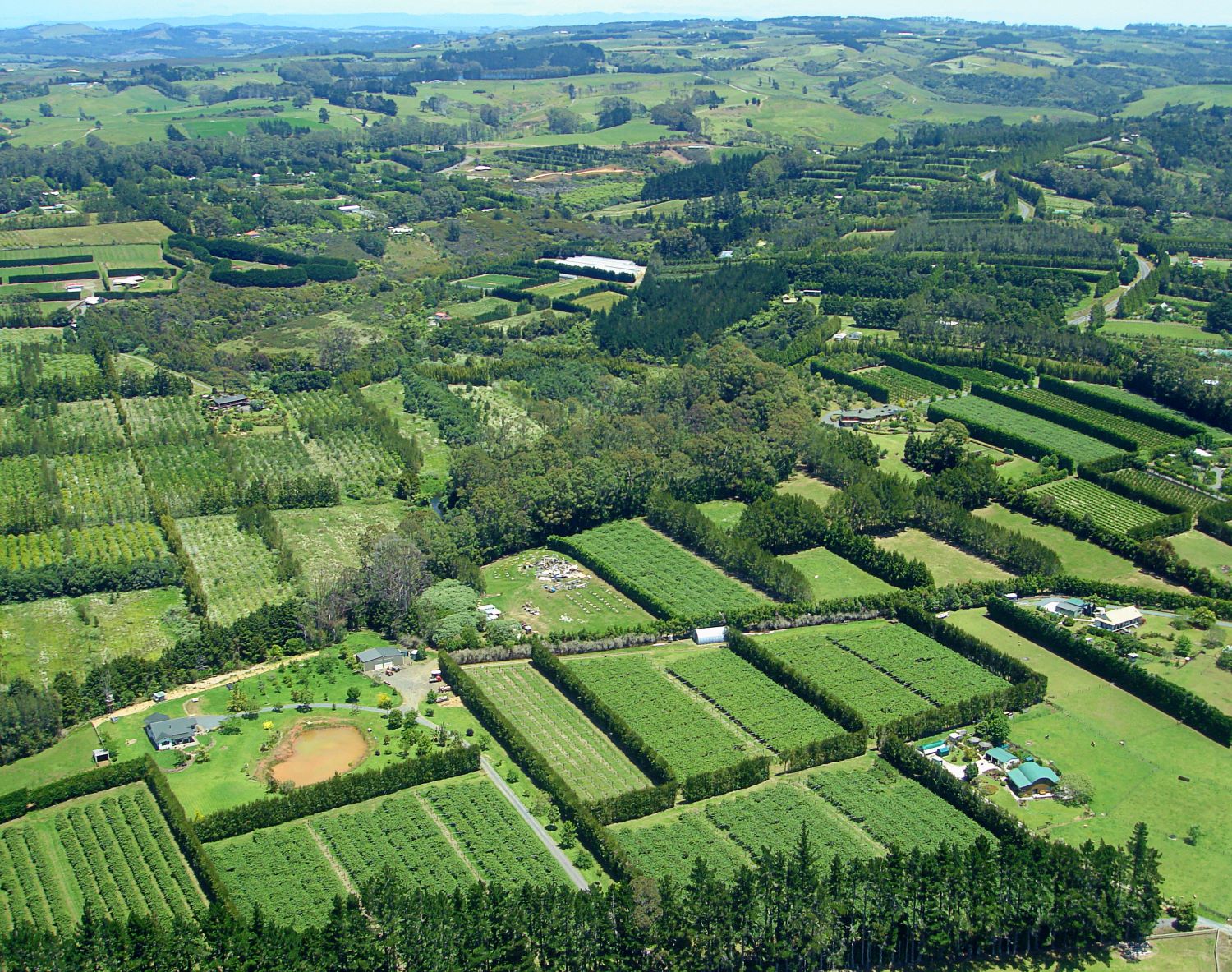The Government has released an ‘exposure draft’ of the National Built Environments Act (NBA), intended to replace the Resource Management Act 1991 (RMA) which has, for many years, been held responsible by developers and environmentalists alike for failing to adequately and effectively manage our natural resources.
The release of the exposure draft is a novel process, with the draft being released for initial consultation before it is introduced to parliament. In reality, what has been released is only 20 pages of the NBA which, when final, will be much longer (the RMA is 835 pages long). There are also still many details missing from the draft, including what changes will occur to consenting, but it does include some key provisions including the equivalent ‘part 2’ provisions. The draft largely follows the recommendations set out in the Randerson Report, released in August last year.
In terms of key changes, we examine three in this article:
1. Change in purpose
The purpose of the RMA is sustainable management of natural and physical resources. That changes in the NBA, with the new purpose focused on enabling Te Oranga o te Taiao to be upheld and enabling people and communities to use the environment in a way that supports the well-being of present generations without compromising the well-being of future generations.
Te Oranga o Te Taiao incorporates:
- the health of the natural environment;
- the relationship between iwi and hapū and te taiao (the environment);
- the interconnectedness of all parts of the natural environment;
- the essential relationship between the health of the natural environment and its capacity to sustain all life.
Many of the aspects of the ‘purpose’ of the NBA are similar to those of the RMA, but the relationship between Māori and the environment is elevated to become part of the purpose of the NBA. The new purpose also emphasises the interconnectedness of the environment and it will be interesting to see how this influences future policy direction from the government.
Section 6 of the NBA also elevates the Treaty of Waitangi, both in its position within the legislation and in the substantive requirement. The NBA will require all persons to give effect to the principles of te Tiriti o Waitangi, rather than take them into account.
2. Environmental outcomes and limits
The matters of national importance and other matters contained in Section 6 and 7 of the RMA have been replaced with the concepts of environmental limits and outcomes. Limits can be set to protect both the ecological integrity of the natural environment and human health, and can be formulated as a minimum biophysical state or a maximum amount of harm permitted to the natural environment or a specified part of it. Limits must be prescribed for certain matters, in the National Planning Framework and in plans where that is the direction of the national planning framework.
Environmental outcomes must also be included to assist in achieving the purpose of the Act, and all plans must promote the environmental outcomes listed which include protecting, restoring and improving a number of specified parts of the environment. The inclusion of ‘improvement’ in many of the outcomes is a development, with the RMA instead focused on protecting, preserving and maintaining. This is likely to have a significant flow on effect to plan provisions and ultimately what is able to be consented and conditioned as part of a consent.
The National Planning Framework (the Framework) is a new requirement of the NBA. The process for preparing the Framework is not included in the exposure draft but the Act states that there must at all times be a Framework, for the purpose of providing integrated direction on matters of national significance and matters where consistency across the country or parts of it is desirable. The Framework will be in the form of regulations and must cover a number of topics including housing supply and greenhouse gas emissions.
Interestingly, the Framework must also include provisions to assist with resolving conflicts between the environmental outcomes included in the NBA. The NBA places significant emphasis on the Framework, both to set much of the policy direction for New Zealand and resolve conflicts between the various priorities of the NBA. The result is that the various parts of the Framework are likely to be more powerful than current national policy statements, and as such are likely to take a long time to formulate and will inevitably be highly controversial.
3. Regional Plans
As was signalled by the Randerson Report, the exposure draft includes reference to a new process for plan making, with one plan required for each region. Each plan will be made by a regional planning committee which will approve or reject recommendations made by an independent hearings panel after the panel considers submissions on the plan. Although not confirmed by the exposure draft, it is likely that the Randerson report’s recommendation that appeals on this process are limited to points of law will be followed.
Each planning committee will be made up of one person to represent the Minister of Conservation, mana whenua representatives and one person nominated by each local authority within the region.
While the exposure draft will be heavily scrutinized, submitted on and likely subject to some substantial changes in the coming months, it is fascinating to finally see the base of what will form the next phase of New Zealand’s resource management system. Submissions on the draft are expected to open shortly, and there will be an initial Select Committee Inquiry before findings are reported back to the House and this will inform further policy development. If you have any questions on the draft, or would like any advice please do not hesitate to contact our Resource Management (or should we say NBA) team.



